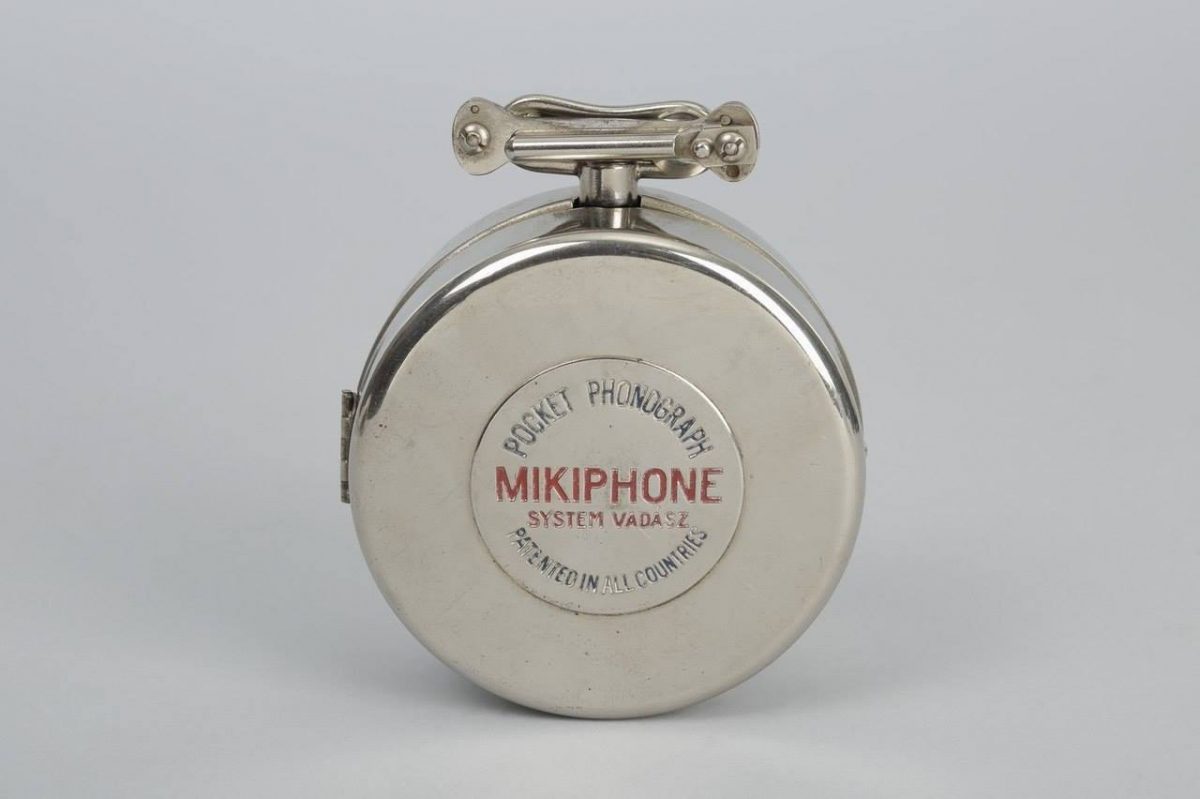
The Mikiphone pocket phonograph was designed by Hungarian brothers Miklós and Étienne Vadász, and mass produced under licence by Masison Paillard of Saint Croix, Switzerland.
Formed by a consortium of local watch makers in 1814, Paillard began making music boxes from about 1860. Just before the turn of the century, the company added cylinder phonographs to its catalogue, switching to disc gramophones in 1905. In 1913, Paillard developed an electric AC gramophone motor, and from 1927 the company built electric amplifiers for gramophones, and later radio equipment. Somewhere between those two developments, Paillard made around 180,000 of the Vadász brothers’ Mikiphones.
The Science Museum in London says the first machine was made in 1923, and in November 1924 patented and licensed by Paillard, which, as Earthly Mission notes, churned the thing out between 1925 and 1927.
It’s a lovely gadget, predating the Sony Walkman and iPod. The parts are stored in a nickel-plated box (also available in gold or silver), which, when closed, had a diameter of just 11.5 cm and a thickness of 4.7 cm. You pulled and pushed the thing together, connecting the recorder head and the two-part Bakelite resonator to the foldout tone arm, placed the record on the turntable’s pin, flexed your fingers, wound the handle 50 times, stuck on your 78rpm 10-inch platter and listened.
The Mikiphone was the embodiment of cool tech, just the sort of thing bright young things in Paris craved.
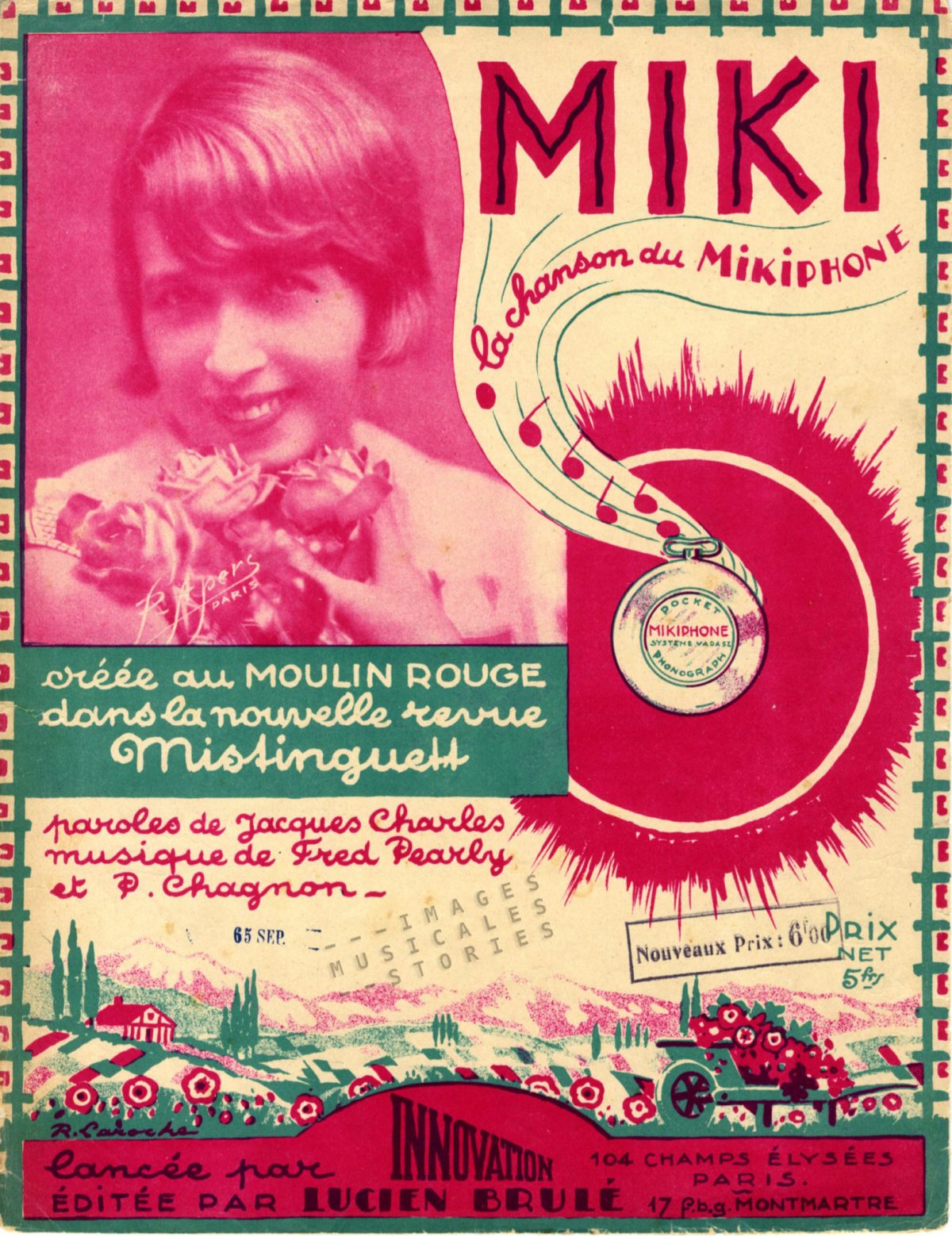
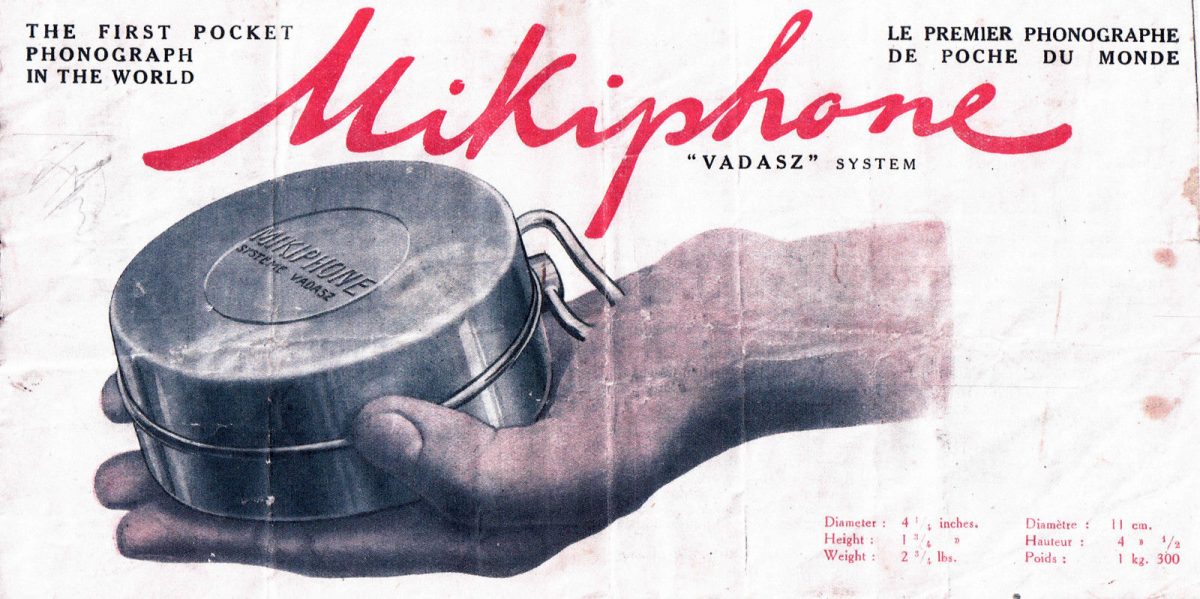
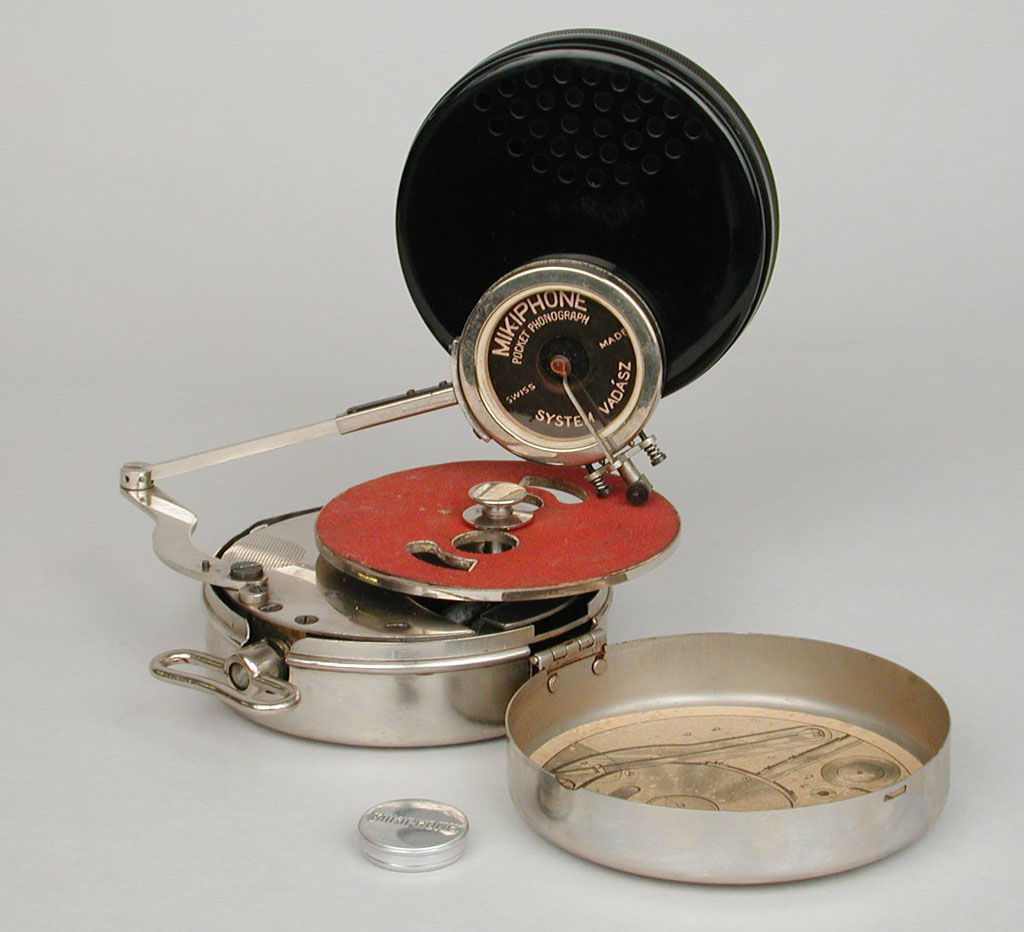
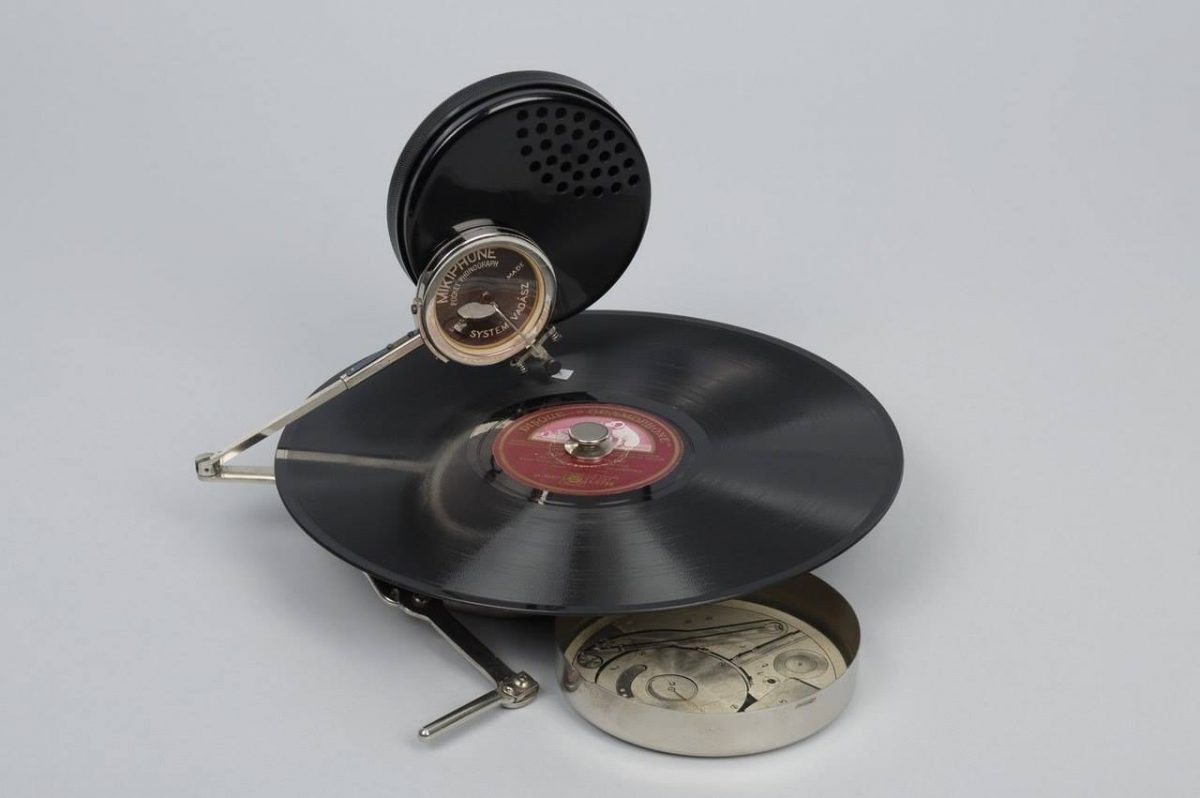
Would you like to support Flashbak?
Please consider making a donation to our site. We don't want to rely on ads to bring you the best of visual culture. You can also support us by signing up to our Mailing List. And you can also follow us on Facebook, Instagram and Twitter. For great art and culture delivered to your door, visit our shop.








